 Loading... Please wait...
Loading... Please wait...Blog
Piston Filler vs. Vacuum Filler: Which Liquid Filling Machine Is Best for Your Product?
Posted on 11th Jul 2025
Selecting the right liquid filling machine can make or break your production line. The efficiency, accuracy, and adaptability of your filler can directly affect your output, product quality, and bottom-line profitability.
Whether you’re packaging thick sauces or thin oils, choosing between piston fillers and vacuum fillers is a crucial decision that hinges on the nature of your product and production needs. Before moving forward with one or the other, understanding the fundamental differences between these two technologies will help you avoid costly missteps and streamline your operations with confidence.
What Are Piston Fillers?
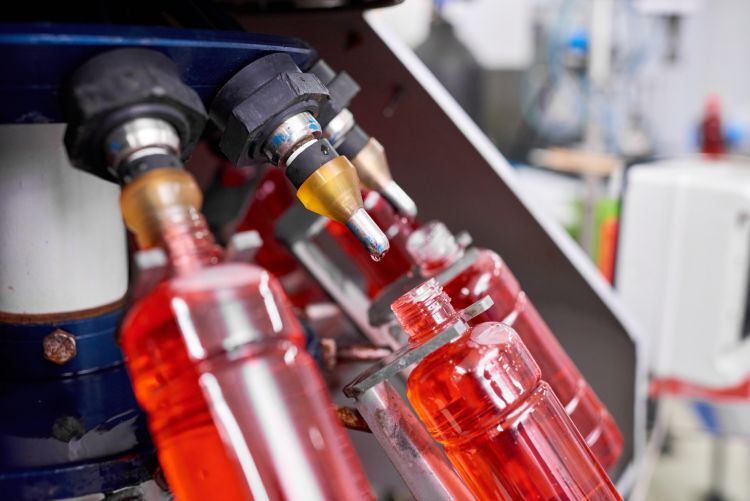
Piston fillers are volumetric filling machines designed to handle a wide range of product consistencies, particularly thick or chunky substances.
These machines operate using a piston-cylinder mechanism that pulls product into the cylinder on the intake stroke and pushes it out into a container during the discharge stroke. The stroke length of the piston determines the volume of liquid dispensed, which ensures high accuracy and repeatability with every cycle.
Piston fillers are a versatile choice for many industries, including food and beverage, cosmetics, pharmaceuticals, and chemicals.
Ideal Applications for Piston Fillers
Piston fillers excel in handling thick, viscous liquids such as sauces, syrups, creams, gels, and even products containing particulates. These machines are commonly used to fill products like peanut butter, salsa, chili, and similar semi-solids where precision is crucial.
Because they can manage both homogenous and particulate-rich substances, piston fillers are well-suited for manufacturers working with complex or multi-textured formulations.
Benefits of Piston Filling Technology
One of the primary benefits of piston fillers is their ability to deliver highly accurate fills with minimal variation. This capability makes them especially valuable when compliance, dosing precision, and minimizing waste are top priorities.
These machines are also robust and adaptable. They allow operators to easily adjust fill volumes or configure machines for different container types and sizes. Furthermore, their capacity to handle products with suspended solids without damaging the integrity of the material provides a key advantage for producers in the food and personal care industries.
Challenges & Limitations of Piston Fillers
While piston fillers offer exceptional control and flexibility, they do have some operational drawbacks.
Cleaning and product changeovers can be time-consuming, particularly in facilities where hygiene and sanitation are tightly regulated. Additionally, their slower operational speeds compared to some high-throughput systems may not make them the ideal solution for high-speed bottling lines.
Very thin or free-flowing liquids may also not perform optimally in piston fillers without additional flow control accessories, as the machines are primarily built for higher-viscosity substances.
What Are Vacuum Fillers?
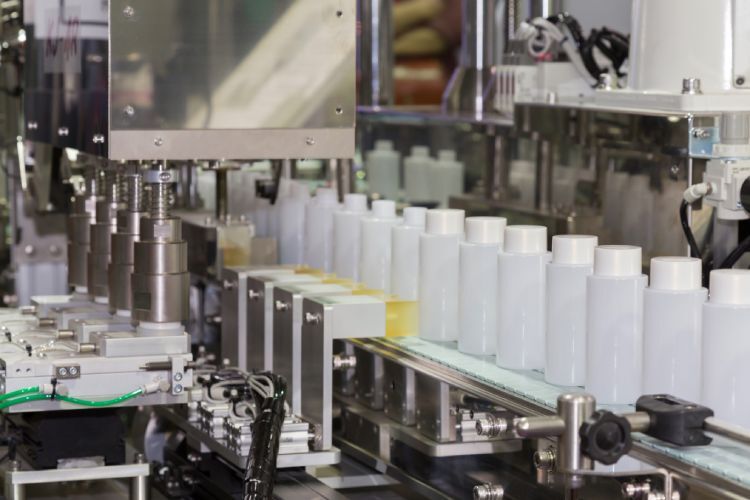
Vacuum fillers operate on a fundamentally different principle than piston fillers.
These machines rely on creating a vacuum inside the container to draw liquid into it from a reservoir. When the liquid reaches a specific level inside the container, the vacuum is broken, and the filling process stops. This method is particularly effective for achieving uniform fill heights, regardless of slight variations in container size or shape.
As a result, vacuum fillers are often favored in industries where aesthetic presentation and consistent levels are important, such as cosmetics, beverages, and specialty oils.
Best Use Cases for Vacuum Fillers
Vacuum fillers are best suited for low-viscosity, free-flowing liquids such as oils, vinegars, perfumes, alcoholic beverages, and other thin substances. Because they depend on a vacuum to draw liquid into a container, these machines are typically used with rigid containers like glass or hard plastic that can maintain structural integrity during the vacuum process. They are ideal for filling wine bottles, essential oil vials, and other rigid glass containers where an even liquid level is important for branding and shelf appeal.
Advantages of Vacuum Filling Machines
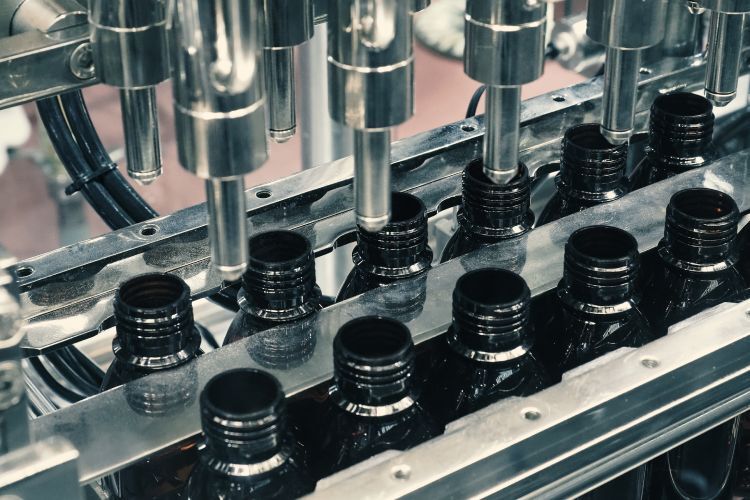
The key advantage of vacuum fillers is their ability to deliver uniform fill levels with minimal variation, which is particularly beneficial for products where the visual appearance of the fill line is important to consumers or required by regulatory standards.
Vacuum fillers are also known for reducing foaming and dripping, which helps maintain a clean production environment and minimizes product loss. Because the filling process is gentle and non-invasive, vacuum fillers are ideal for delicate or aerated products that might be damaged by more forceful dispensing methods.
Additionally, these machines are relatively simple to set up, operate, and maintain.
Limitations & Drawbacks of Vacuum Fillers
Despite their many advantages, vacuum fillers are not suitable for all product types.
High-viscosity substances or products with suspended particulates cannot be efficiently filled using this method, as the vacuum force is not strong enough to pull such materials into the container. Additionally, vacuum fillers require the use of rigid containers to form a tight seal during the vacuum process, which limits their flexibility with packaging types.
While they offer consistent fill levels, vacuum fillers are generally less precise when it comes to volume, which can be a drawback in certain regulated industries or for costly ingredients.
Piston Fillers vs. Vacuum Fillers: What’s the Difference?
Understanding the key differences between piston and vacuum fillers can help clarify which system is best suited for your production line. To make the process easier, here is a quick reference table that outlines their core characteristics.
|
Feature |
Piston Fillers |
Vacuum Fillers |
|
Best for |
Thick or chunky liquids |
Thin, free-flowing liquids |
|
Accuracy |
High volumetric precision |
High fill level consistency |
|
Suitable containers |
Flexible or rigid |
Rigid (glass or hard plastic) |
|
Handles particulates |
Yes |
No |
|
Cleaning and changeovers |
More involved |
Simpler |
|
Speed |
Moderate |
Fast |
|
Product gentleness |
Moderate |
High |
While piston fillers shine in flexibility and accuracy, vacuum fillers stand out in speed and clean visual presentation. Aligning these strengths with your priorities will guide you to the right investment.
Overall, remember that the final choice between piston fillers and vacuum fillers should always be based on your specific product and operational goals.
6 Factors to Consider When Choosing Between Vacuum Fillers & Piston Fillers
Making an informed decision between piston and vacuum filling machines requires a detailed understanding of your product characteristics and operational requirements. It is not enough to consider cost alone; performance, compatibility, and scalability are equally important to ensure long-term success and efficiency on the production floor.
Product Viscosity
The viscosity of your product is one of the most critical factors in choosing a filling machine. Thick or chunky substances like jams or creams require the pushing power and design of a piston filler. In contrast, thin, free-flowing liquids like perfumes or oils are better suited to vacuum fillers, which rely on pressure differentials rather than mechanical force.
Using the wrong machine for your product’s viscosity can result in inefficient filling, poor accuracy, or even equipment damage.
Container Type & Material
The type of container you use significantly impacts the filling method.
Vacuum fillers need rigid containers to maintain the vacuum seal necessary for operation, making them incompatible with soft or flexible packaging. Piston fillers, however, are more versatile in this respect, accommodating both rigid and flexible containers.
Choosing the right match ensures that your containers are filled efficiently without risk of damage or deformation.
Fill Accuracy vs. Fill Level
Consider whether you prioritize exact volume or visual consistency in fill height.
Piston fillers are highly accurate volumetrically, making them ideal when exact dosing is required. Vacuum fillers, on the other hand, excel at maintaining consistent fill levels across different container shapes and sizes, so they are a preferred choice in industries where the visual presentation of the product is important.
Production Speed Requirements
Production throughput is another essential factor.
Piston fillers tend to be slower because of their mechanical action and detailed volume control, which can limit their use in high-speed environments. Vacuum fillers often fill faster, especially when working with free-flowing liquids and uniform containers, making them a better fit for high-volume operations where speed is critical.
Product Sensitivity
Some products are delicate, sensitive to pressure, or prone to foaming. Matching the filler to the product’s fragility can help prevent damage and maintain quality.
Vacuum fillers offer a gentle filling process that helps preserve the integrity of fragile or aerated products. Piston fillers apply more pressure, which may not be suitable for sensitive items but works well for more robust or dense materials.
Production Volume & Flexibility Needs
If your operation involves frequent changeovers between different product types or container sizes, piston fillers provide the flexibility to adjust fill volumes and settings with relative ease. However, they may require more thorough cleaning. Vacuum fillers offer a simpler setup and are typically more efficient for long production runs of a single product with uniform containers.
Consider your operational structure and goals before making a decision.
Piston Fillers vs. Vacuum Fillers: How to Determine the Best Type of Liquid Filling Machine for Your Product
Choosing the right type of liquid filling machine involves evaluating your process holistically. Follow these strategic steps to guide your decision.
Step 1: Analyze Your Product Characteristics
Start by thoroughly understanding the physical properties of your product. Is it thick or thin? Does it contain solids or particulates? Is it sensitive to pressure or prone to foaming? Answering these questions will point you toward the filling mechanism that handles your product type most effectively.
For example, a chunky tomato sauce needs a filler that can handle solids without clogging or crushing them, while an essential oil demands a system that ensures clean, consistent fill levels.
Step 2: Examine Your Packaging Requirements
Next, consider your containers. Are you using rigid glass bottles, flexible pouches, or plastic tubs? Vacuum fillers are ideal for rigid packaging that can withstand the pressure of a vacuum, whereas piston fillers offer the flexibility to handle a broader range of packaging types. Ensuring compatibility between your container and filler type is essential to prevent leaks, spills, or container deformation.
Step 3: Assess Your Production Goals
Think about your long-term production goals. Are you focused on small-batch specialty items or mass-market production? Piston fillers may be better suited for smaller runs with frequent changeovers, while vacuum fillers can support high-volume throughput with minimal adjustment.
Knowing where your business is headed can help you choose a system that grows with you rather than holding you back.
Step 4: Evaluate Your Need for Cleanliness & Changeovers
Frequent product changes or stringent sanitation requirements may also affect your choice.
Piston fillers, while highly accurate, often require more intensive cleaning during changeovers. Vacuum fillers typically have simpler designs, which can reduce downtime between product batches.
Consider how much time you can dedicate to cleaning and how often you’ll need to switch products.
Step 5: Seek Expert Guidance
Consulting with an expert—like the experienced professionals at E-PAK Machinery—can offer insights you might not have considered. They can evaluate your specific product, production environment, and long-term needs to recommend the best solution. Their extensive experience across industries and filling technologies ensures you won’t be navigating this complex decision alone.
Find the Best Liquid Filling Machines for Your Business at E-PAK Machinery
Deciding between piston and vacuum fillers doesn’t have to be overwhelming. With a clear understanding of your product, production needs, and packaging requirements, you can confidently invest in equipment that enhances efficiency and quality.
At E-PAK Machinery, we are a leader in the product filling industry, and we’re proud to offer a wide range of liquid filling machines with the latest technological advancements and the most modern tools. Our goal is to provide you with high-quality and durable equipment that meets your unique packaging needs.
Contact us today to speak with a specialist and find the perfect liquid filling machines for your production line.
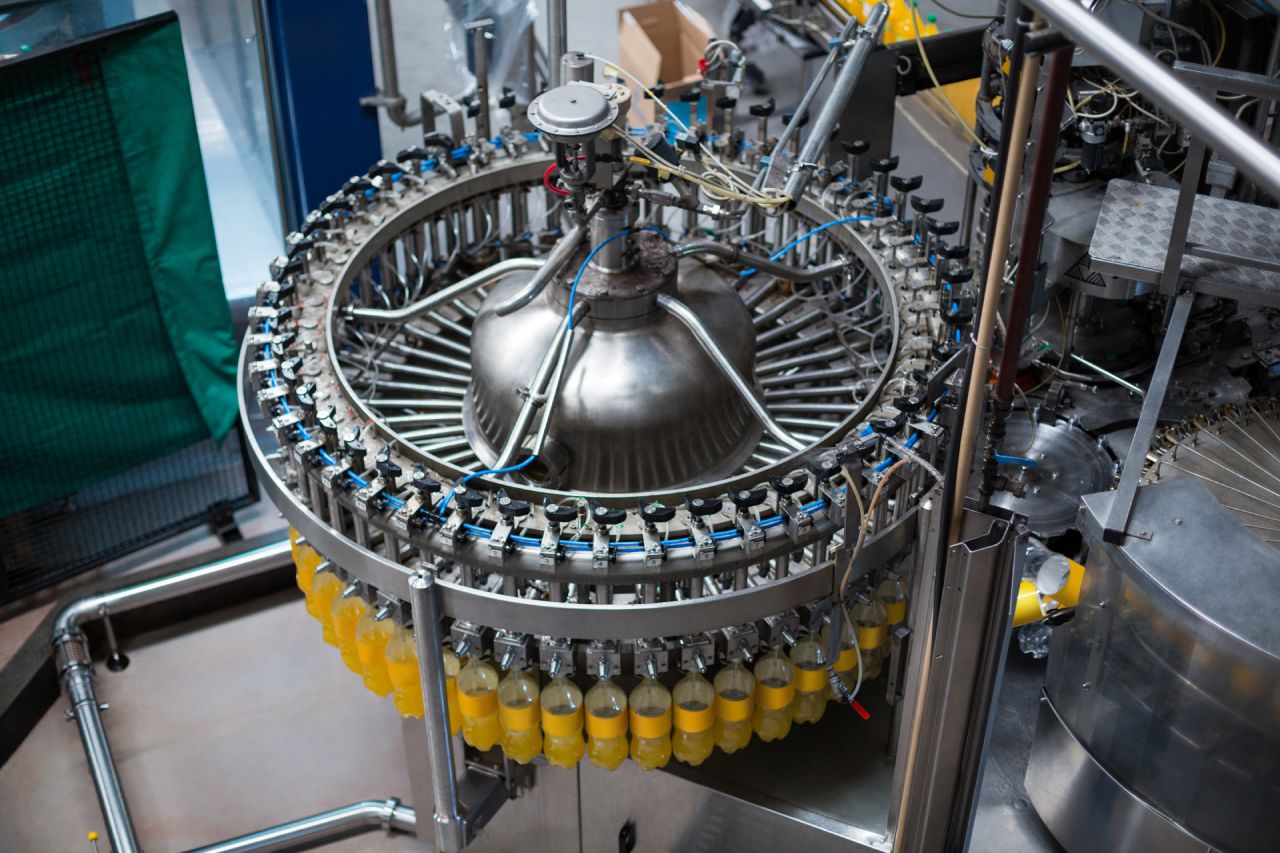
15 Benefits of Automated Liquid Filling Systems: Why More Manufacturers Are Making the Switch
Are you looking to optimize your manufacturing operations? One area where businesses can significantly streamline and improve efficiency is by automating the liquid filling process. Automated liquid filling systems are machines designed to fill containers with liquids such as water, oils, cleaning agents, or chemicals without manual intervention. These systems leverage advanced technology to streamline production, [...]

Liquid Filling Machine Troubleshooting: Solutions for Common Problems
Liquid filling machines play a vital role in manufacturing lines across industries. However, like any sophisticated equipment, they are subject to performance hiccups and operational issues. Learning the basics of liquid filling machine troubleshooting and understanding how to solve common problems can help you minimize downtime, maintain productivity, and protect your investment. 7 Common Issues with Liquid [...]
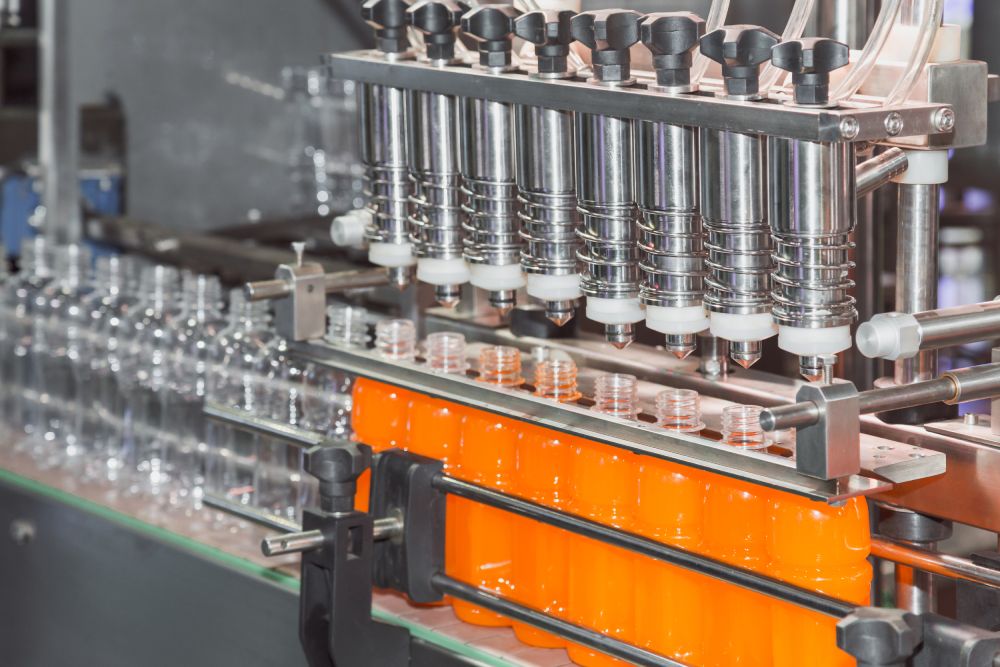
Liquid Filling Machine Cost Explained: 8 Factors That Affect Pricing
Before purchasing liquid filling equipment, you have to do your research so you can make an informed decision. One of the most important things to consider is cost. The price of a liquid filling machine can vary widely based on a number of variables, including the level of automation, the type of liquid being filled, production [...]
Understanding the Different Types of Liquid Filling Machines
Choosing the right liquid filling machine can make all the difference in operational efficiency and product quality, and it’s essential for ensuring accuracy, efficiency, and consistency in any packaging operation. At E-PAK Machinery, we offer a broad range of liquid filling machines tailored to various production volumes, product types, and viscosities. But with a wide range [...]
Preventative Maintenance Checklist for Filling Machines: Keep Your Line Running Smoothly
Liquid filling machines are vital components of packaging lines across a wide range of industries, from food and beverage to pharmaceuticals, chemicals, and cosmetics. But when this equipment fails, the downtime can be costly and disruptive. Preventative maintenance is a critical strategy for maximizing uptime and productivity, so we’ve created a comprehensive preventative maintenance checklist that [...]

How to Find the Best Wine Bottle Filler Machine
With the right machinery, filling wine bottles can transform from a slow, finnicky process to an efficient, cost-effective production line that meets your expanding winemaking needs. Wine bottle filler machines provide you with a faster, more flexible, and smoother way to fill wine bottles. Whether you want to fill a single case of wine or expand [...]
Filling Bottles
A wide range of liquid foods, beverages, and other products require glass or plastic bottles for packaging and storage. Some of the many bottled products available include everything from juices, water, and alcoholic beverages to dairy products, sauces, oils, and condiments. Additionally, cleaners and other chemicals require bottle filling processes. With such products in consistently [...]
What Machinery Does the Distilling Industry Use?
The list of machinery and equipment used in the modern distillery industry is very long and inclusive. Going through it would require a good portion of time and lots of effort. However, it is much easier to find out what kind of machinery your distilling business needs if you take your time to determine how many [...]
What Is the Benefit of Using a Conveyor System in the Food Industry?
Modern times require modern solutions. Nowadays, both small businesses and large enterprises use technological tools to complete their daily tasks quickly and easily. Conveyor systems are among the most popular solutions due to their advantages for companies. While they were initially invented to transport goods to and from ships that dock at ports, today, various industries [...]
Recent Posts
- Piston Filler vs. Vacuum Filler: Which Liquid Filling Machine Is Best for Your Product?
- 15 Benefits of Automated Liquid Filling Systems: Why More Manufacturers Are Making the Switch
- Liquid Filling Machine Troubleshooting: Solutions for Common Problems
- Liquid Filling Machine Cost Explained: 8 Factors That Affect Pricing
- Understanding the Different Types of Liquid Filling Machines
